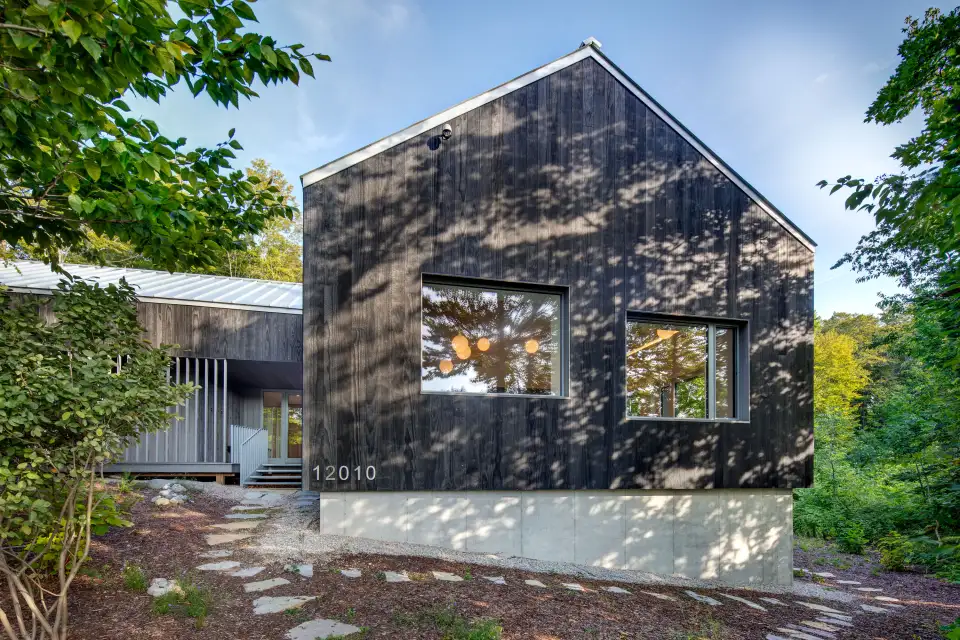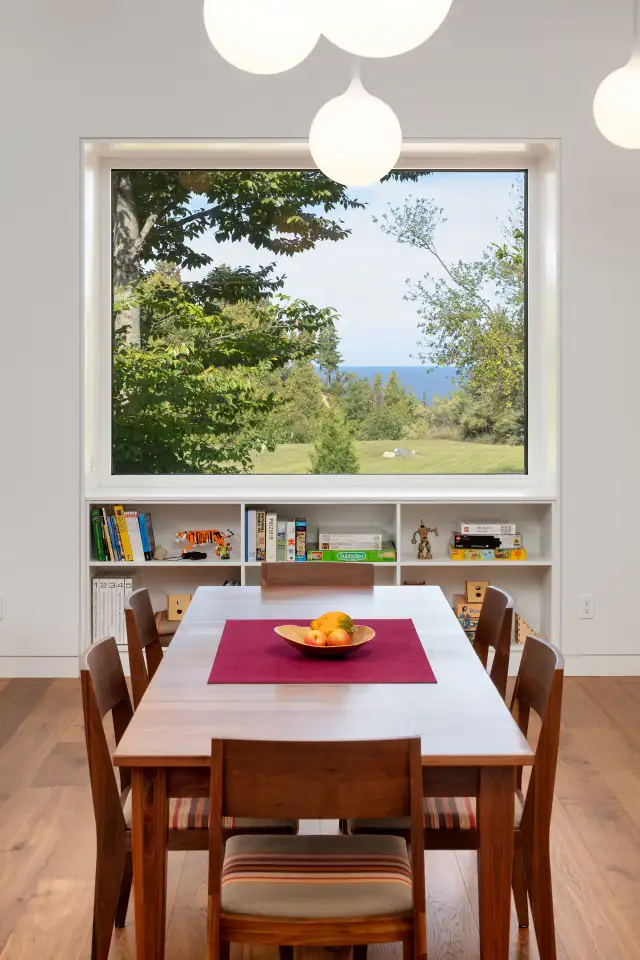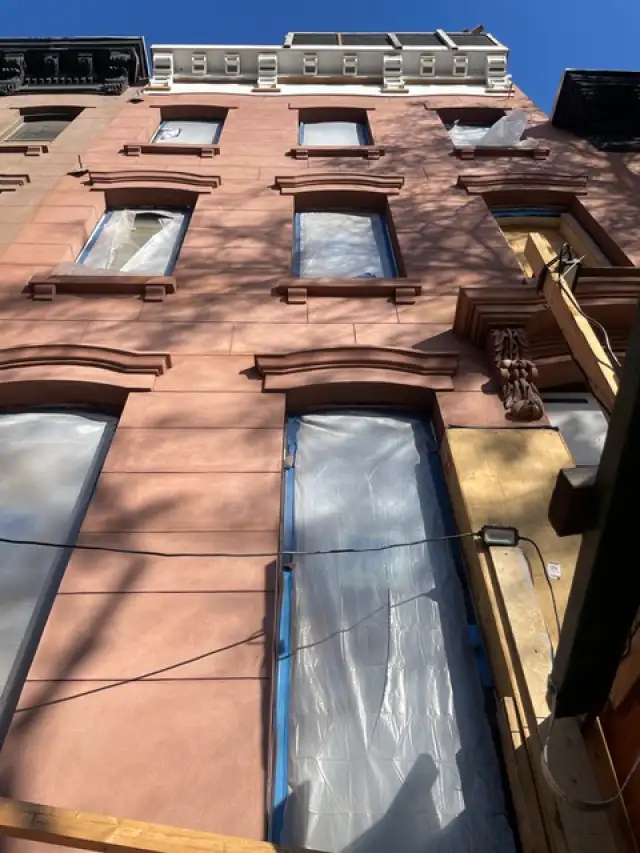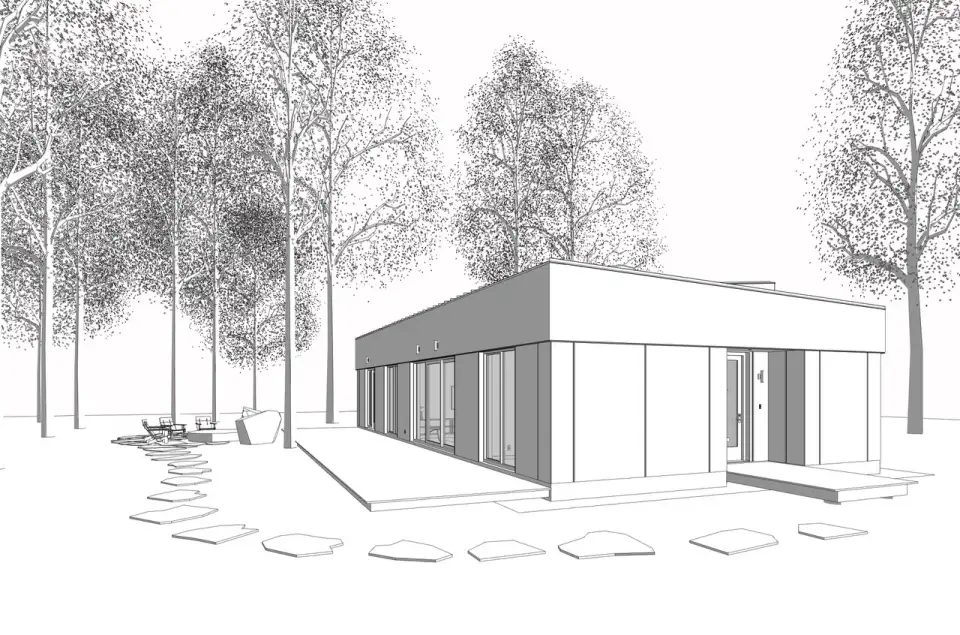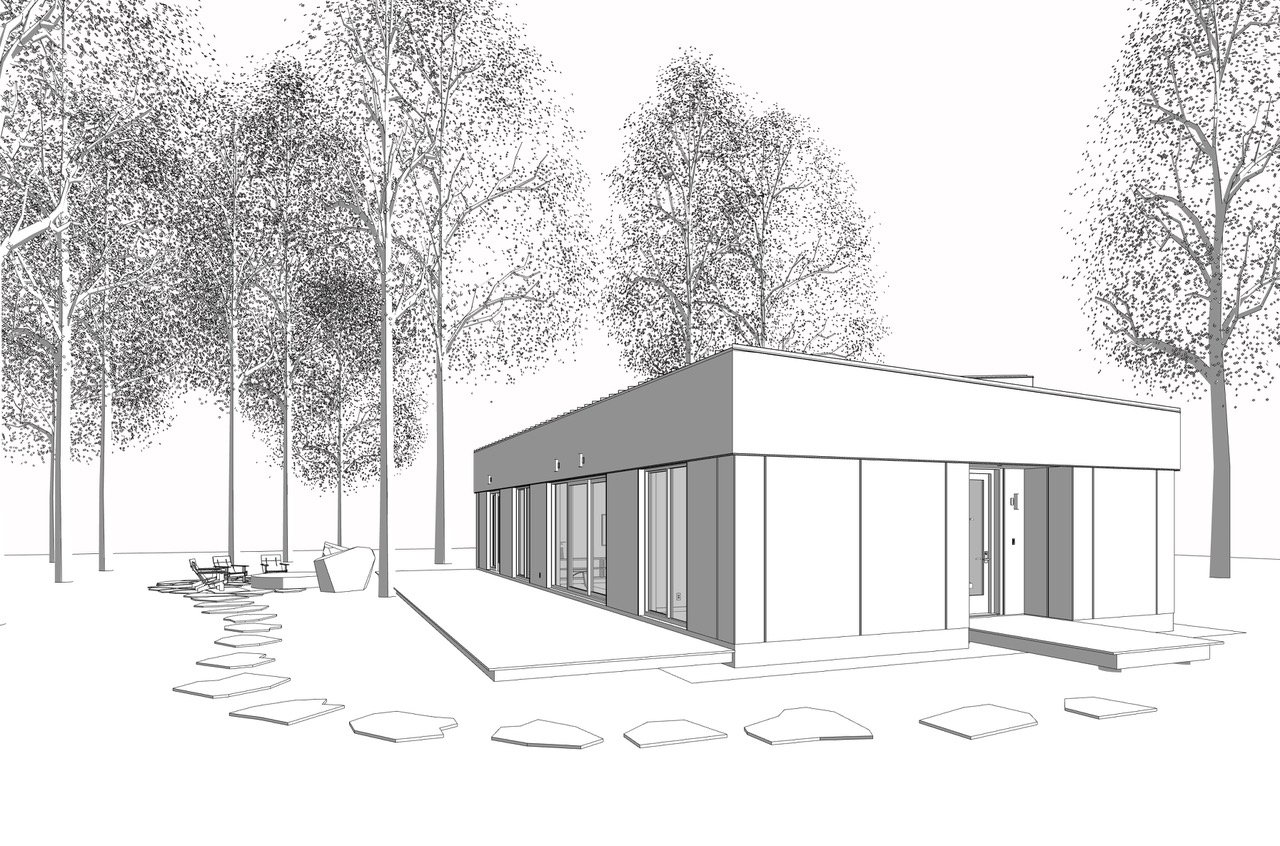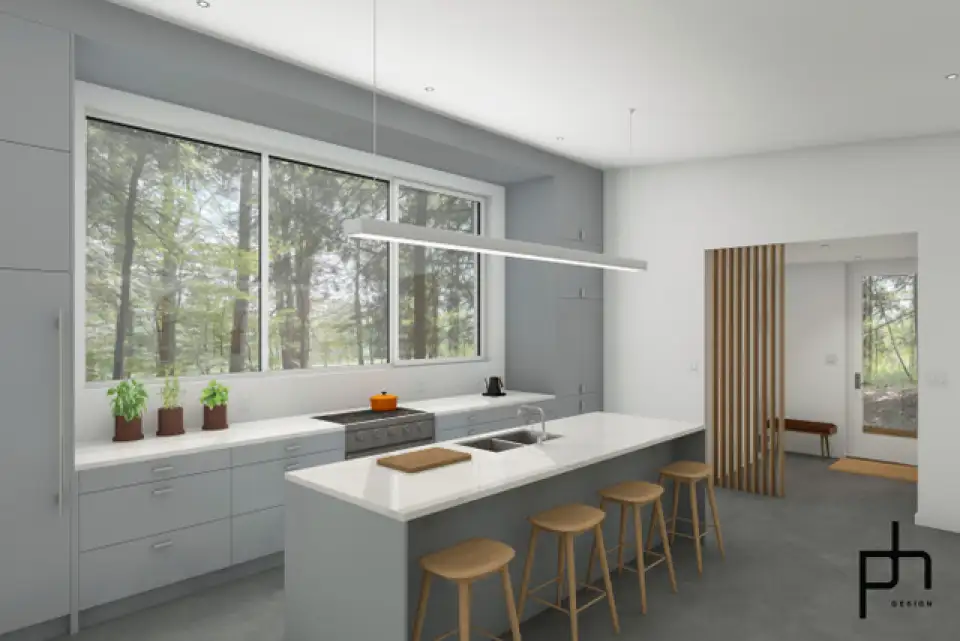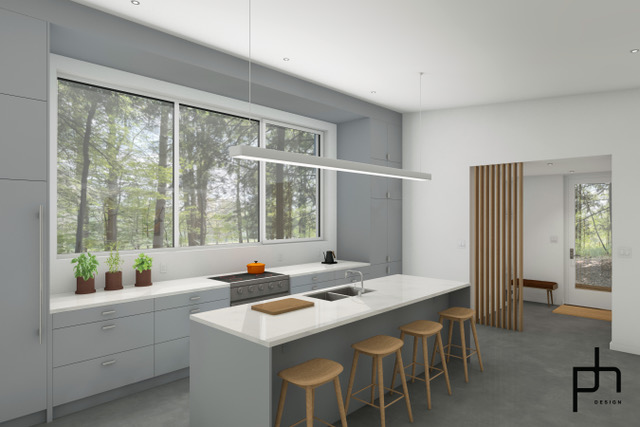We’re excited to announce that pHdesign has become our latest Accelerator Partner! Founded by Hilary Padget and Anthony Harrington, pHdesign is a full-service architecture practice based in New York City. They provide sustainable design solutions for residential, commercial, and mixed-use projects. Though the firm is based in Manhattan, their portfolio includes projects up and down the East Coast and as far away as Illinois and northern Michigan (see Burnt Angle House below).
pHdesign credits their success to a marriage of modern design with functionality, beauty, and passive principles. As a result, their projects not only match the vision of their clients, they also are more energy efficient and have less of an impact on the environment.
